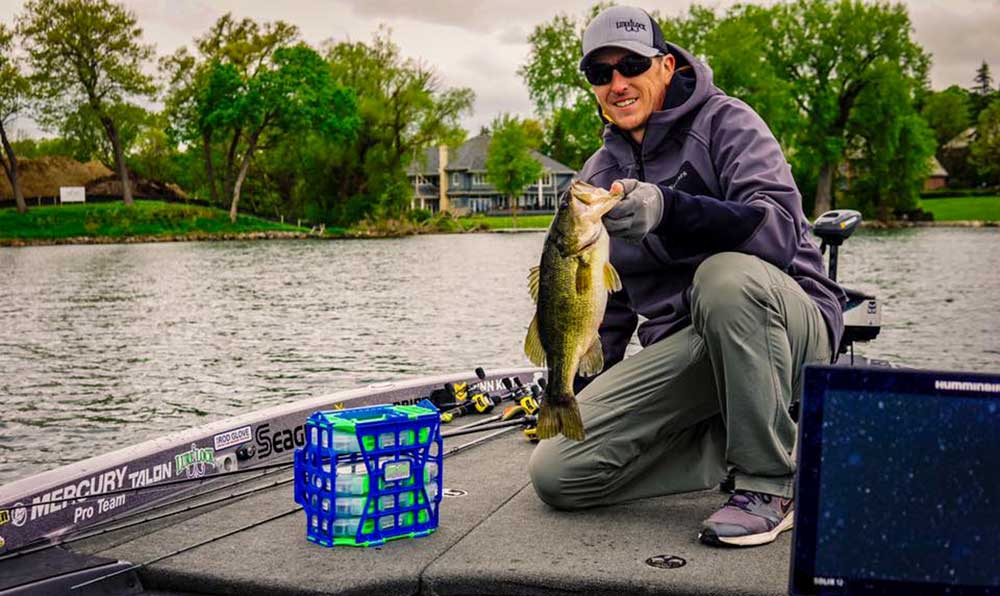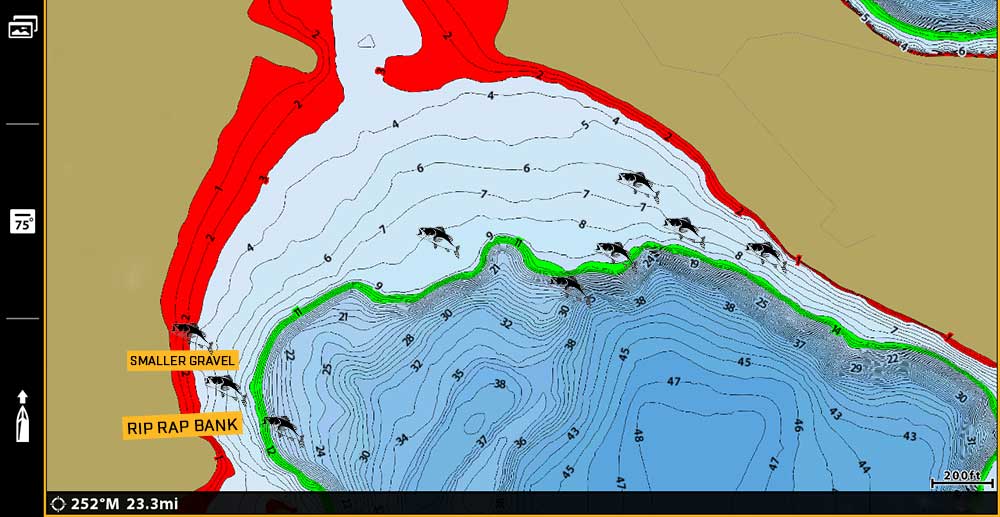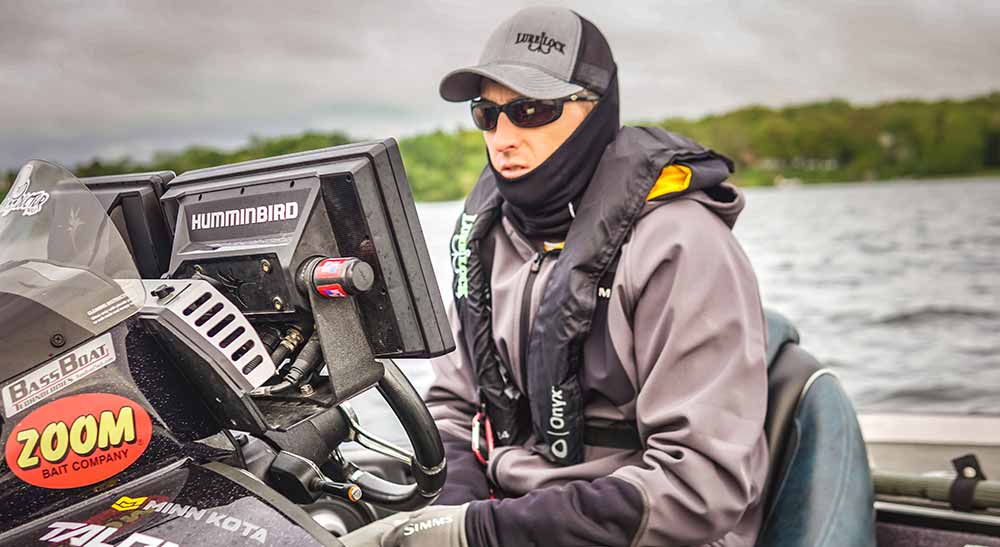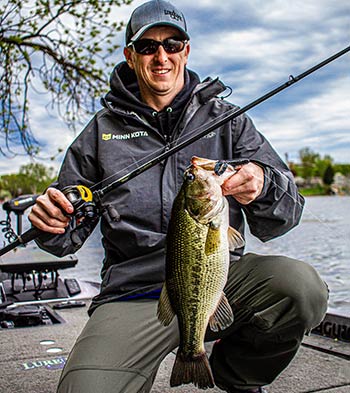Targeting Largemouth Bass During the Spring Transition
By: Glenn Walker

With the vast amount of fish-holding cover that our lakes and rivers have; something needs to stand out to attract and hold bass on that specific piece of cover. Yes, many times the time of year, water level, color or current plays a major role in if a bass will be holding and feeding on a specific piece of cover.
Regardless of these variables, many times the one consistent variable in terms of cover/structure that holds bass is when one form of structure transitions to another form. One of the most prevalent time of year when transition areas play a role for catching bass is in the spring.
In the spring, bass are not only moving from one of area to another because of changing water conditions, including water temperature, clarity, current, and level, but more importantly, the bass are transitioning from their wintering areas to pre-spawn/spawn and transition areas act as the ideal highway and rest stop for bass.

Transition areas allow the bass to move from one section of a lake or river to another in a manner that puts them in the right areas to feed and be in a logical position to move on to that next stage in their yearly progression.
As fish transition in and out of a creek or backwater slough that is connected to the main river channel, they likely will be transitioning through a pinch point or underneath a bridge. This area where a bridge is located is a great funnel or pinch point for bass to push bait and feed as they transition from one section of the lake or river to another.

The structure available for anglers to fish around bridges and docks begins with two key items, the riprap bank on the shoreline approaches to the bridge and then the bridge columns itself. The columns may be concrete or wood, depending on the bridge, but either way, these create a current break for a bass to sit behind and grab an easy meal. The key factor with any bridge is figuring out how the current and water depth around the bridge will position the bass.
When bass fisherman talk about fishing transition banks during the spring, a bank that transitions from chunk rock to gravel usually comes to mind. Many times, these banks are obvious as just by idling by the shoreline, as you can see the rock on the bank go from large chunks to gravel.
A keen eye is sometimes needed though, as a more specific characteristic may be in play, such as the specific size or the rock or style, such as round boulders to flat slab style rock.

If the lake or river level is high and the rock on the bank is submerged, then you'll need to rely on your electronics to find the transitions. This is when I idle the shore evaluating what my Humminbird MEGA Side Imagining unit is showing me, as the screen will clearly depict the size of the rock on the shoreline.
Other items to consider when evaluating a chunk rock to gravel transition are its proximity to the creek channel or strategic location between pre-spawn and spawning locations.

Lures for fishing the spring transition
- ½ oz War Eagle Spinnerbait tandem Indian/Colorado blade configuration
- ½ oz All-Terrain Tackle AT Jig with a Zoom Super Chunk trailer
- Carolina-rigged Baby Brush Hog or Super Speed Craw
As you are idling around on your next fishing trip, be sure to keep a keen eye to the shoreline and your electronics to search out transitions, as in the springtime these are the areas likely to load up with large pre-spawn bass.
For more information check out glennwalkerfishing.com or on Facebook at, @GlennWalkerFishing.






